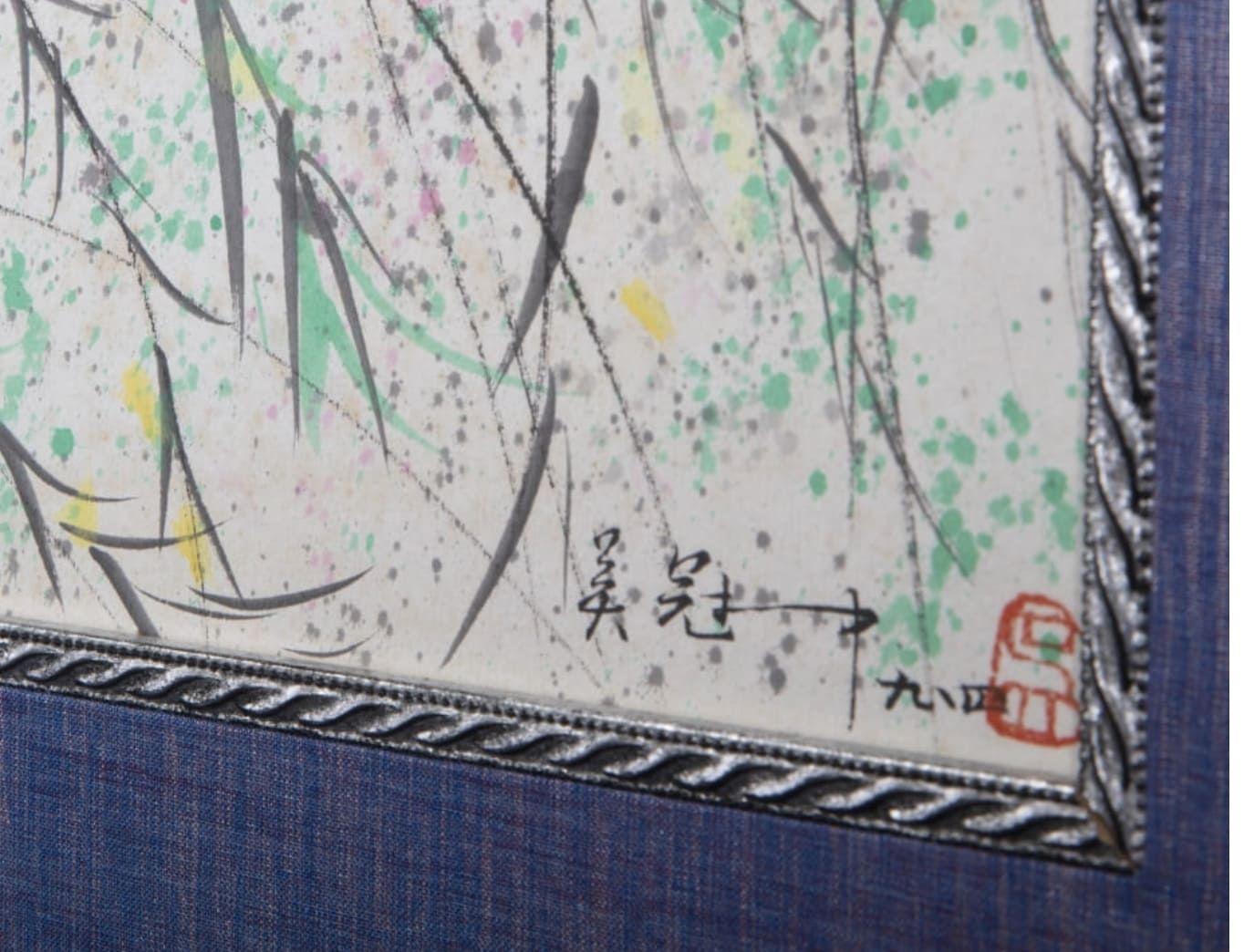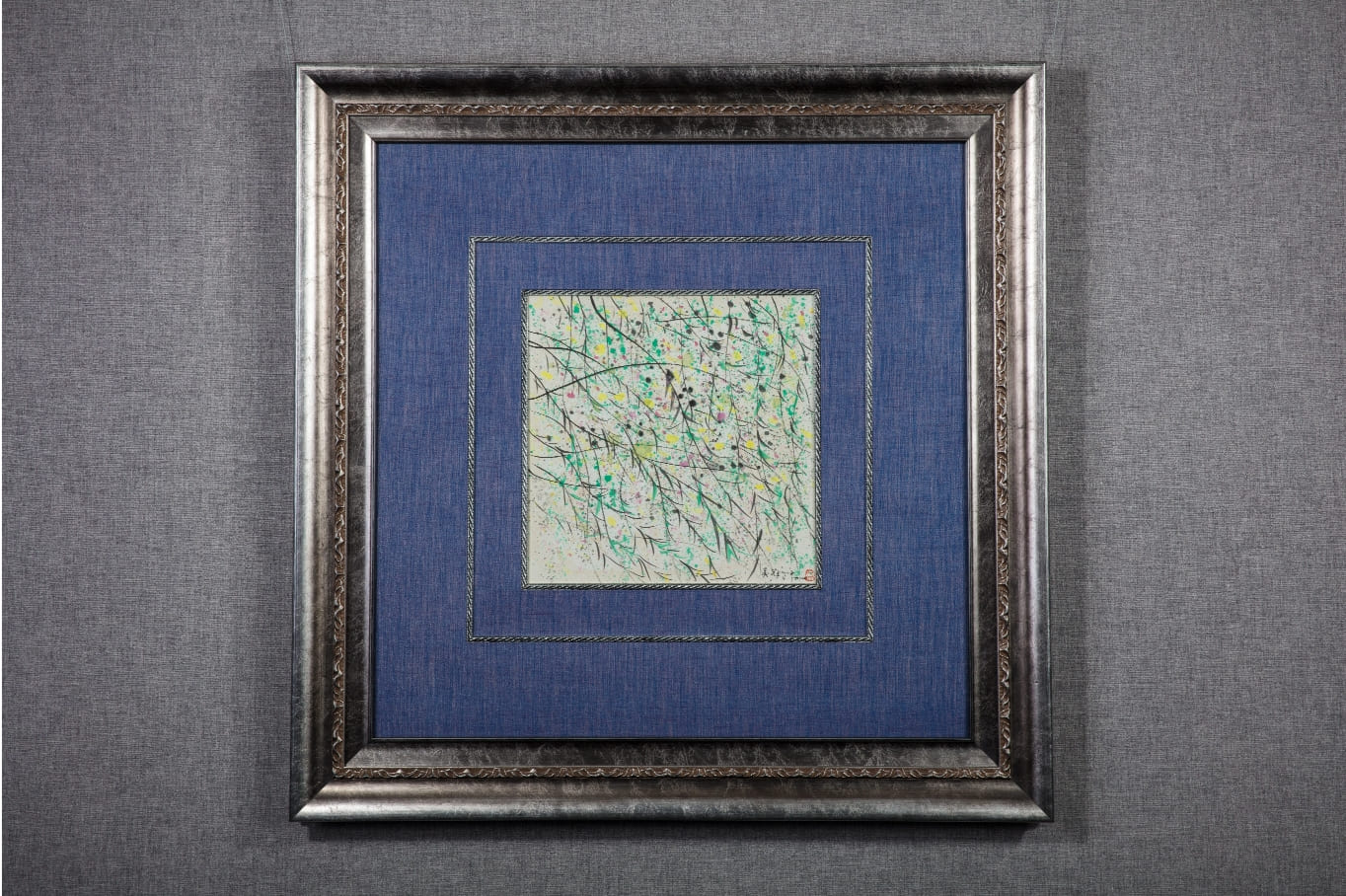Wu Guan Zhong: ‘A Snake Swallowing An Elephant’, Was How He Once Described Himself
Celebrated as one of the most important Chinese contemporary artists, Wu Guan Zhong was known as the pioneer of modern Chinese paintings–marrying traditional Chinese artistic methodologies and Western influences and techniques into one. The snake was referring to the Chinese artist in him, whilst the elephant depicted the Western side of him.
It is interesting to note that he fell in love with art by chance. He was studying electrical engineering at a technical school, when he met an art student, Zhu De Qun, who took him to an oil paintings exhibition at his school. Since then, there was no turning back. Despite Wu’s father’s strong objection, Wu transferred to the National Art Academy of Hangzhou, studying both Chinese and Western paintings.

Despite interruptions to his studies during the Sino-Japanese War era, he managed to complete his studies and even secured a scholarship to Paris. There, he travelled around Europe and was so fascinated with the artists and art alike that he was awakened once again; his art sense and perception towards art developed differently. He was particularly taken with Vincent van Gogh’s art, and also got inspired by Paul Gauguin, Paul Cézanne, Camille Pissarro, Sandro Boticelli, amongst others.
When he finally returned to China, he was eager to introduce to his students at the Central Academy of Fine Art Beijing what he learned abroad but was soon criticised by his peers as being a “fortress of bourgeois formalism”. Refusing to conform, he was transferred several times. Sadly at the beginning of Mao Zedong’s Cultural Revolution, Wu was prohibited from painting, writing and teaching and was sent to Hebei Province for hard labour work in 1970. Most of his early works were destroyed by him during the revolution, as he knew the Communist government would not accept his works of art.
It was in 1973 that he was finally commissioned to paint for hotels and restaurants, so he was finally back on track to the love of his art. Deeply rooted as a patriot, Wu made the switch from oil paintings back to traditional Chinese brush and ink. It was during this transition period that he found his niche–the ability to convey his moods and feelings through brush strokes and ink but incorporating elements from oil paintings. This soon became Wu’s signature, and was precisely what propelled him to international attention.
Wu became the first Asian living artist to have a solo exhibition at the British museum, by no means an easy feat. His passing at the old age of 90 in 2010 has now made his paintings’ value increased exponentially.
Known mostly for his landscape and nature paintings, one of his incredible paintings is the Willow Series (pictured below) with these writings: “When the willow branch is soft enough, new buds will form, graceful and charming, swaying carelessly in spring breeze.”--Wu Guan Zhong.
Source: Wikipedia, Comuseum.com, Christies.com and Sothebys.com


